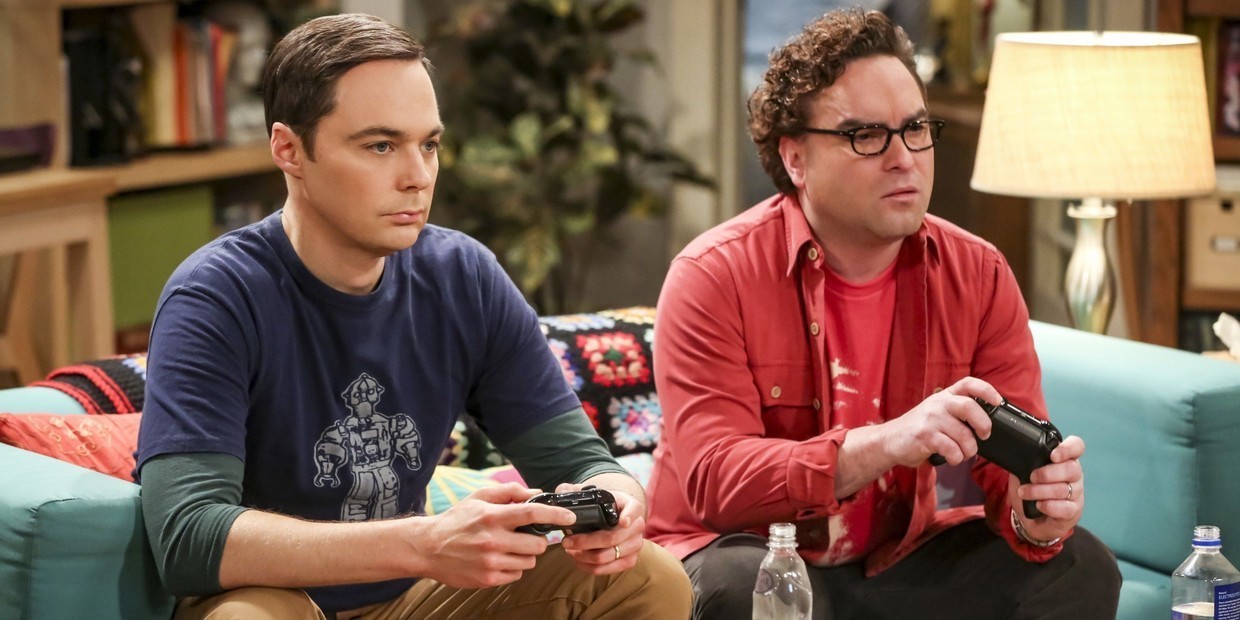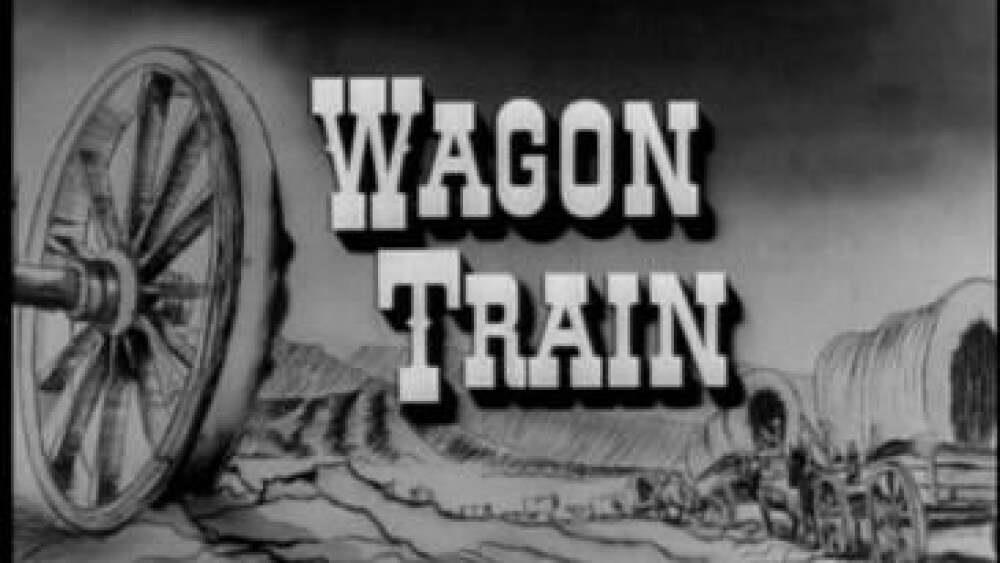
There are many bad TV shows. These reruns or remakes usually have one or more the following characteristics: low production value, poor acting, repetitive storylines and dramatic plot twists. These types of shows are enjoyed by some viewers, but they don't appeal to others.
Worst Movie Based upon a TV Series
A show may be bad for many reasons, but it could also simply be bad writing. This is especially true when it comes to television series. Sometimes, it can be difficult to believe that a show is actually real.
The Dukes of Hazzard for example is a series where it has a difficult time making characters like Bo and Luke Duke (Seann Williams Scott, Johnny Knoxville) likable. It's a shame that the film version doesn't fare as well.
A TV show can only be as good as its creators. Many shows are canceled after just one season. Many times, bad acting or sloppy writing are the reasons for a show's cancellation.

Another example is "Smash." This MTV reality series follows a group of rich, spoiled high schoolers who live in Laguna Beach, California, and have their lives ruined by the "cool" kids in their lives. This reality series often shows the wealthy and spoiled brag about their wealth and throw extravagant parties that don’t have anything to do whatsoever.
The show's poor storytelling isn't the only problem. It is also well-known for its bad acting and rude characters. The cast is a bunch of over-the-top brats who aren't really the people that they say they are, and are just trying to be cool.
The list also includes "Toddler & Tiaras," a show that focuses on children's pageants, as well as "Pawn Stars," a TLC series that follows a family-owned pawnshop. These shows rank among the worst of television series due to their poor production values, and their petty characters.
The Bad Girls Club
Bad Girls Club, a reality series about a group dominated by unfriendly women, is not just bad television but also bad for those who watch it. This show features many fights between women. The trite and over-the-top language can make it offensive for some viewers.
Some critics have even referred to the show as "trashy" or "disgusting", noting that the actors in the show are often portrayed as "spoiled brats," instead of young adults.

It fails to entertain. The acting is laughable, jokes aren’t funny enough or original enough, and there isn’t much of a plot to keep viewers watching.
Many bad television series have had a long history. This list includes many that have been on air for decades. Some of these shows are still on the air today, while others have been canceled.
FAQ
How much does it cost for a commercial to be produced?
Producing a commercial can be expensive. It depends on the length of your commercial, how many actors are involved, where the shoot is taking place, and other factors.
A 30-second commercial typically costs between $20,000 and $40,000.
Do advertisers spend a lot of money on TV?
Advertisers spend large sums of money on TV to promote their products. They also spend a lot of money trying to convince consumers to buy their products.
They do this by spending money to research what people like or dislike about their products.
These data are then used to design ads that appeal and attract consumers by advertisers.
What is your most-watched TV commercial?
Most commercials feature products people use, such as food, clothing, and cars.
Most advertising involves product placement, which is when real-life objects are used to promote a product.
This could be anything. An actor could wear a shirt made for a company to show how comfortable it would feel to put a name on a vehicle.
These ads may not be seen on television all the time. They may appear in newspapers, magazines, billboards and radio.
Sponsorship, which is a type of advertising that involves companies sponsoring specific programs to promote their products, is another popular option.
This kind of advertising is very effective because viewers are already watching a specific program. A viewer may remember a logo of a particular company when he watches a television show. Sponsorships are especially effective for children's shows because kids tend to pay attention to logos.
Branding is the third form of advertising. Companies use branding to make their company look good. This could include giving out awards to celebrities or making sure everyone knows your company name.
For companies who want to be known, branding is crucial. To be well-known, you must create a memorable image.
There are many different ways that branding can be done. It can involve creating a logo, having a spokesperson, or having a catchy jingle.
Music is one of the best ways you can brand yourself. Many people listen to songs on the radio all the time. People may begin singing your song around the town if you have a catchy tune.
If you do this you will be able to get publicity for no cost!
What is the time it takes to fly commercial air?
Commercials air at different times during the day. Some commercials air during the day, some during primetime and others at night.
Most commercials air every hour or half hour.
What are the different styles of commercials?
Three types of commercials are available: TV Commercials; Radio Commercials; and Print Ads.
TV commercials typically last 30 seconds. They are used often to promote brand awareness.
Radio commercials are typically longer (usually one minute) than television commercials and are used primarily for product advertising.
Print ads are usually only 2-3 minutes long, and they're often targeted at specific audiences.
Statistics
- To get estimated costs for airing a 60-second TV commercial in different regional markets, check out the following figures in this TV ad pricing chart from the media experts at Casual Precision. (fitsmallbusiness.com)
- This includes 97 percent of Gen X, and 95 percent of Millennials. (marketingevolution.com)
- Television is a great brand awareness tool - Almost every American has a television, with 83 percent of adults having two or more, and American households keep their televisions on for 8.1 hours each day on average. (marketingevolution.com)
- 93 percent of American adults listen to the radio over the course of the week. (marketingevolution.com)
- With OTT ad revenue set to increase from 45% to 60% over the next decade, AdTech pioneers and early adopters of OTT advertising will reap its benefits in the near future. (clearcode.cc)
External Links
How To
How can I make money from my TV commercial?
You can earn money from your TV commercial through various means. These are just a few:
Advertising - Any paid promotion that encourages viewers or makes them watch your commercial.
Merchandising – After seeing your commercial, this refers to the sale of merchandise related your product.
Licensing - This refers to licensing your commercial so that other businesses can use it in their own promotions.
Syndication- This refers syndicating your commercial to other network.
Advertising revenue can be used as a funding source for future projects and production costs.
It is important to remember that advertising can generate substantial income, but it doesn't guarantee a return.
Before you can start making money with your TV commercials, it is important to determine what types of advertising you have. Then, you should learn more about each option before choosing one.
Next, you should figure out where you would like to place your commercial. You might want to advertise on sports or sitcoms. Or perhaps you'd prefer to target younger demographics by placing your commercial near children's shows.
Finally, you should decide whether you want to produce your own commercial or purchase one from a third party. If you plan to create your own commercial, you'll need to find a professional who can write the script, direct the actors, and edit the final product. A pre-made commercial will save you time and money.
After you have made a decision about how you will create your commercial you need to explore other options. Here are some considerations when choosing an advertising method.
Target Audience – This is the most popular way to advertise. You can advertise to children, teenagers, young people, middle-aged men or women over fifty years old, for example.
It's important to choose the right audience for you commercial. Don't waste your money on targeting people who don't have a need for your product.
You should consider the potential audience for your commercial when deciding where to place it. For example, if you're planning on advertising during a sporting event, you might want to place your commercial at the beginning of the game. You can make sure everyone sees your advertisement.
However, if you're trying to reach people who live outside of your area, you may have to look elsewhere. You can try using cable television or satellite dishes to broadcast your commercial to a wider audience.
Production Costs - Most companies spend between $5,000 and $10,000 per minute of commercial airtime. Advertisers are charged a fee based upon the length of the spot to cover these costs.
A company might want to air 30 seconds of commercial radio time. It will usually charge $1,500. They will be charged $2,500 to run for 60 minutes.
To make your own commercial, expect to spend anywhere between $3,000 and $15,000. You will also need to hire a writer, producer, editor and actor.
Time frame – Another important consideration when choosing an advertising medium is how long it will take to finish. For example, if your goal is to sell products within a week, you won't be able to wait until after the Super Bowl to begin airing commercials. Choose a fast advertising method instead.
That said, if you want to take advantage of long-term exposure, you'll need to invest a lot of time and effort into producing a good commercial.
Cost per view - You should also consider the cost of each viewer viewing your commercial. This depends on the size of the audience and the number of views you receive.
A commercial that has 10 million viewers is more expensive than one with 1,000 views.
To decide which option is the best, compare all of these variables. The following tips can be used to help you get started after you have chosen a strategy.